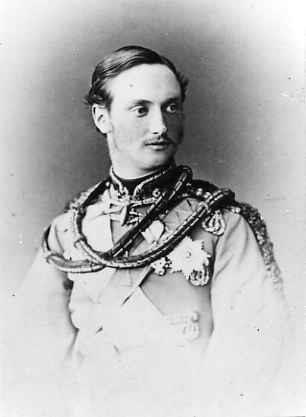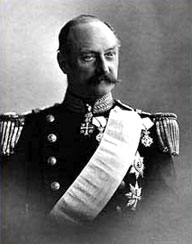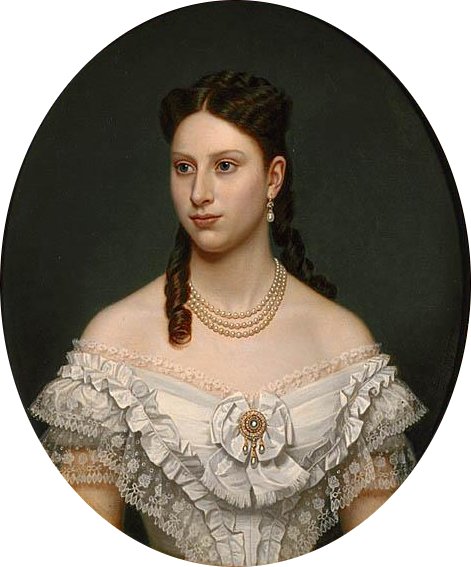<Back to Index>
- Biogerontologist Raymond Pearl, 1879
- Composer František Jan Škroup, 1801
- King of Denmark Frederick VIII, 1843
PAGE SPONSOR
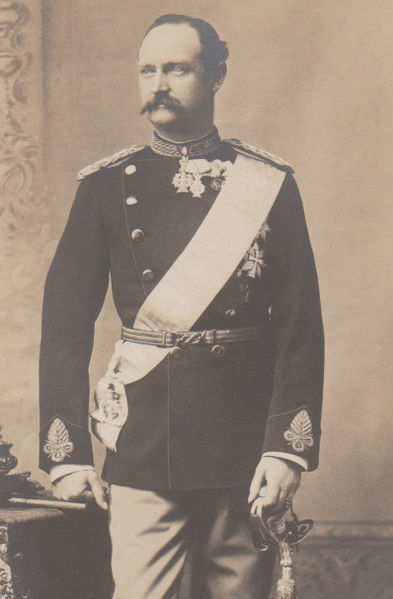
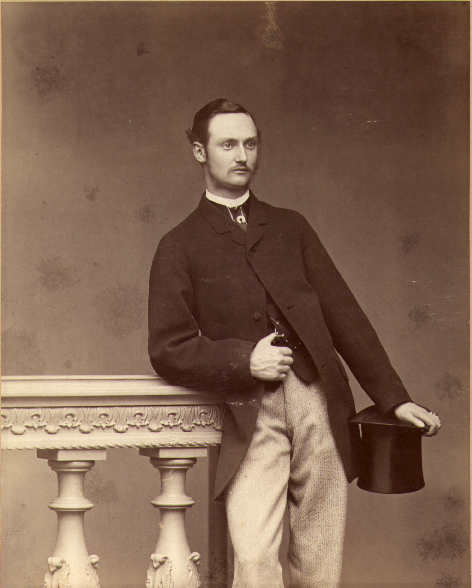
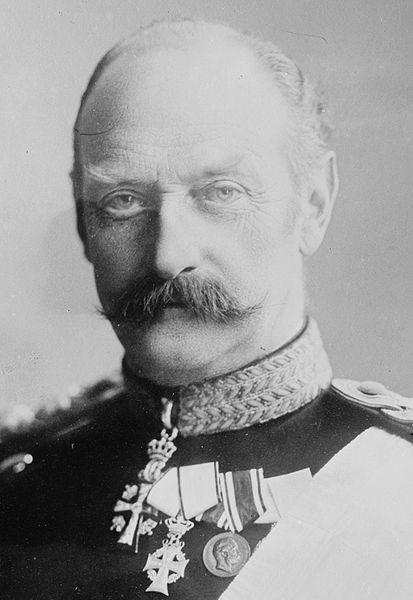
Frederick VIII (Christian Frederik Vilhelm Carl) (3 June 1843 – 14 May 1912) was King of Denmark from 1906 to 1912.
Frederick was born on 3 June 1843 in the Yellow Palace in Copenhagen as Prince Frederick of Schleswig - Holstein - Sonderburg - Glücksburg, a junior male line of the House of Oldenburg descended from Christian III of Denmark and who had since ruled as non - sovereign dukes of successive duchies in Schleswig - Holstein for eight generations including his grandfather. His parents were Prince Christian of Schleswig - Holstein - Sonderburg - Glücksburg and Louise of Hesse - Kassel.
In
1847, his father was chosen as the heir presumptive to the Danish
throne, because Frederick's mother Louise of Hesse - Kassel was a close
relative of the last Danish king of the Oldenburg main line (the other
heirs of the House of Hesse renounced their claims to the Danish throne in favour of Louise and her husband).
Accordingly, Frederick became a Prince of Denmark in 1847. After his confirmation in 1860, Frederick was given a military education. In 1863, Prince Frederick was sent to do studies at the University of Oxford but
when his father ascended the throne in November that year, he became
Crown Prince and returned to Denmark. As Crown Prince of Denmark, he
was given a seat in the State Council and subsequently assisted his father in the duties of government. In 1864, he formally took part in the Second Schleswig War against Austria and Prussia.
Louise of Hesse wanted her eldest son married as well as her two daughters, Alexandra and Dagmar had. Queen Victoria of the United Kingdom had two yet unmarried daughters, Princess Helena and Princess Louise,
and Louise tried to marry Frederick to one of them. However, the
British Queen didn't want her daughters to marry the heirs to foreign
crowns, as this would force them to live abroad. She preferred German
princes who could establish homes in the UK. In addition, Victoria had
always been pro - German and another Danish alliance (Frederick's
sister,
Alexandra, had married Victoria's eldest son, the Prince of Wales), would not have been in line with her German interests. In July 1868, Frederick became engaged to Princess Louise of Sweden, the 17 year old only daughter of King Charles XV of Sweden and Norway. Princess Louise's family was related by marriage to Napoleon Bonaparte. She belonged to the Bernadotte dynasty, which had ruled in Sweden since 1818, when the founder, Jean - Baptiste Bernadotte, one of Napoleon's generals, was elected King of Sweden with the name of Charles XIV of Sweden. He married Désirée Clary, who had once been engaged to the French Emperor. Charles XIV's son, Oscar I of Sweden, married Josephine of Leuchtenberg, grandddaughter of Napoleon's first wife, the Empress Josephine. King Oscar I and Queen Josephine were Princess Louise's paternal grandparents. The
marriage was suggested as a way of creating friendship between Denmark
and Sweden. The two countries were in a tense situation after Sweden
had not assisted Denmark during the war with Prussia and Austria in
1864. Frederick and Louise had met for the first time in 1862, but in
1868 Frederick was invited to Sweden to get to know Louise, and their
meeting was described as a success. They became engaged the same year.
She was the first Swedish princess to be married in to the Danish royal
house since the middle ages, and the marriage was welcomed in all three
Scandinavian countries as a symbol of the new Scandinavism. Crown Prince Frederick and Louise of Sweden married at the Royal Palace in Stockholm on 28 July 1869. The couple resided at Amalienborg Palace in Copenhagen, spending the summers at Charlottenlund Palace north
of the city. They had four sons and four daughters. The marriage was
not a happy one, nor did it have any effect on the relationship between
the two countries. Frederick
became king of Denmark as Frederick VIII on Christian IX's death on 29
January 1906. He was 62 years old at the time and had been Crown Prince
for 43 years. In
many ways Frederick VIII was a liberal ruler who was much more
favorable to the new parliamentarian system than his father had been.
Because of his very late accession to the throne he only had a few years to show his ability and he was weakened by ill health.
On his return journey from Nice a trip to France, King Frederick made a short stop in Hamburg,
staying at the Hotel Hamburger Hof. The evening of his arrival,
Frederick (incognito) took a walk on the Jungfernstieg. While walking
he became faint and collapsed on a park bench and died. He was
discovered by a police officer who took him to a Hafen hospital where
he was pronounced dead. His cause of death was announced as a
paralysis - attack. He was interred with other members of the Danish
royal family in Roskilde Cathedral near Copenhagen.
The royal families of Denmark, Norway, Belgium and Luxembourg are
descended from King Frederick VIII. Denmark comes naturally, Norway's
family goes through the line of his son, Prince Carl, and the families
of Belgium and Luxembourg are descended from his daughter, Princess Ingeborg of Denmark.
